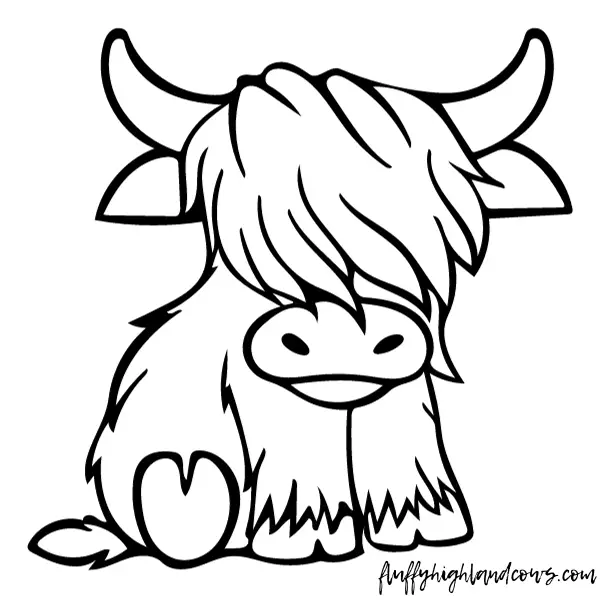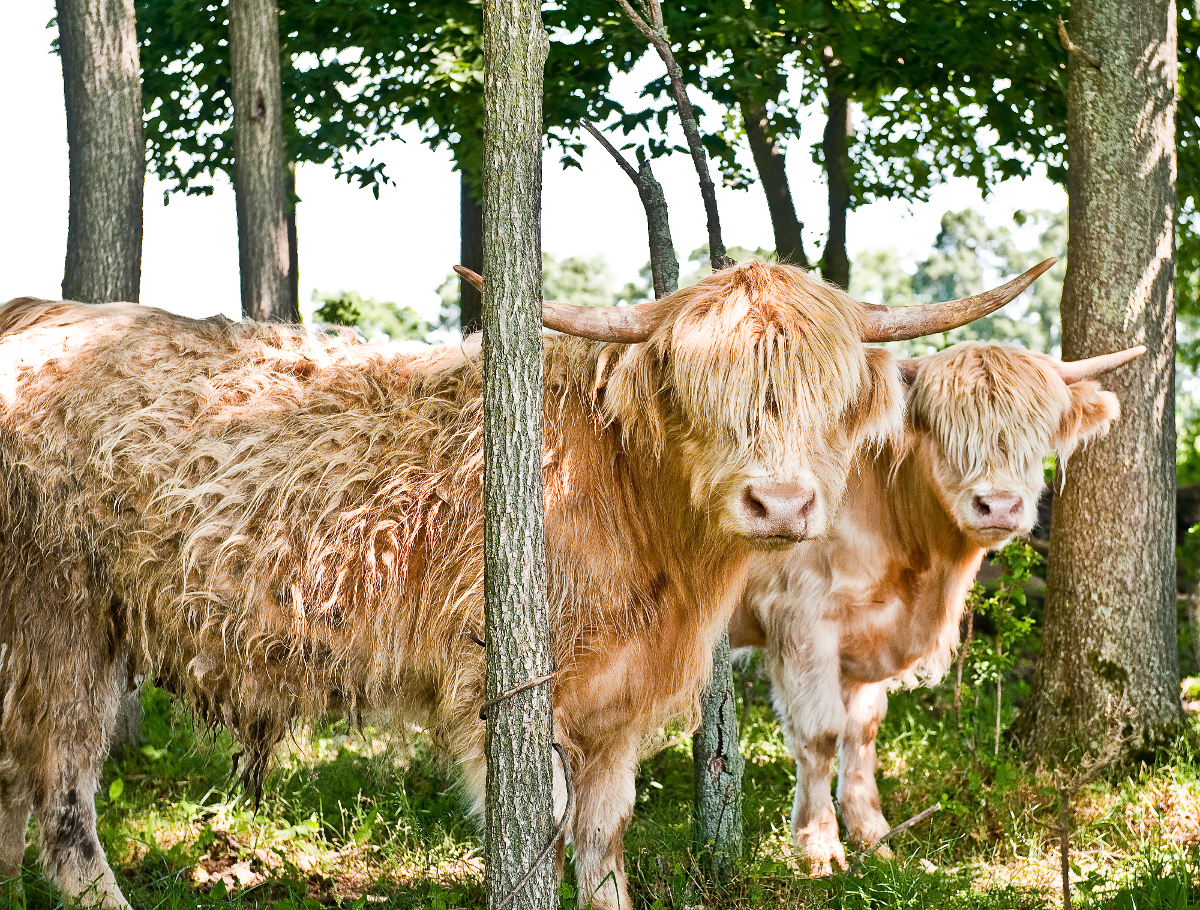The History of Highland Cattle: How Did They Become the World’s Oldest Recognized Cattle Breed?
Highland cattle, with their shaggy coats and impressive horns, are a picturesque symbol of Scotland’s rugged landscapes. They have a rich history that spans centuries, making them one of the world’s oldest recognized cattle breeds.
In this article, we will delve into the fascinating history of Highland cattle, exploring their origins, development, and the factors that contributed to their enduring legacy.
The Origins of Highland Cattle
The history of Highland cattle can be traced back over a thousand years, with roots firmly planted in the challenging terrain of the Scottish Highlands. These cattle are believed to have descended from the ancient Bos taurus primigenius, the wild aurochs.
Over generations, they adapted to the harsh environmental conditions of the Highlands, resulting in the unique breed we know today.
The Early Years
Highland cattle were first mentioned in written records in the 6th century AD. During this time, they were primarily kept by the Gaels, an ethnic group that inhabited Scotland and Ireland. These cattle were treasured for their resilience and ability to thrive in regions with harsh climates, rugged terrain, and limited food resources.
Highlands as Natural Selection
The Scottish Highlands played a significant role in shaping the breed’s characteristics. The harsh winters, strong winds, and minimal grazing resources forced the cattle to develop traits that allowed them to endure these conditions.
Their thick, double-layered coats provided insulation against the cold, while their long, curved horns helped them forage for food in the snow.
Role in Highland Culture
Highland cattle were more than just livestock; they were an integral part of Highland culture. They played a vital role in the economy, providing meat, hides, and milk. Additionally, they were used as draught animals for plowing and transportation.
The Recognition as a Distinct Breed
Despite their long history, Highland cattle were not formally recognized as a distinct breed until the 19th century. This recognition was essential for preserving and promoting the breed.
The Highland Cattle Society, established in 1884, played a pivotal role in standardizing breed characteristics and documenting pedigrees.
Characteristics of Highland Cattle
Highland cattle possess several distinctive traits that set them apart from other cattle breeds:
1. Shaggy Coat: The most iconic feature of Highland cattle is their long, thick, and wavy hair, which provides insulation in cold weather.
2. Horns: Both males and females have impressive curved horns, with the males’ horns often being larger and more prominent.
3. Adaptability: Highland cattle are remarkably adaptable to various climates and terrains, which has contributed to their global popularity.
4. Calving Ease: They are known for their ability to calve with minimal assistance due to their well-proportioned bodies.
5. Hardiness: These cattle have a robust immune system and can graze on rough vegetation.
Highland Cattle Around the World
Highland cattle were initially confined to Scotland, but over time, they began to spread to other parts of the world. Their adaptability made them attractive to farmers and ranchers in different countries. Today, you can find Highland cattle herds in places as diverse as North America, Australia, and Scandinavia.
Conservation Efforts
Despite their widespread popularity, Highland cattle faced endangerment during the 20th century due to changing agricultural practices and the emergence of more specialized cattle breeds.
Conservationists and breed enthusiasts recognized the importance of preserving this unique breed. Efforts were made to promote Highland cattle as a sustainable and versatile breed, leading to their resurgence.
Highland Cattle Today
Highland cattle have come a long way from their origins in the Scottish Highlands. Today, they are cherished for their beauty, hardiness, and ability to produce high-quality beef.
They are a favorite among small-scale farmers and homesteaders, as well as a draw for tourists visiting Scotland.
The Highland’s History is a Testimony to Their Majesty
In conclusion, the history of Highland cattle is a testament to their remarkable resilience and adaptability. From their humble beginnings in the rugged Scottish Highlands to their global recognition as a distinct breed, these cattle have left an indelible mark on the world of agriculture.
Their unique characteristics and rich history continue to captivate people around the world, making them a symbol of both Scotland’s heritage and the enduring spirit of cattle farming.
As we reflect on their journey, we can appreciate the significance of these shaggy, majestic creatures in the tapestry of human history.

